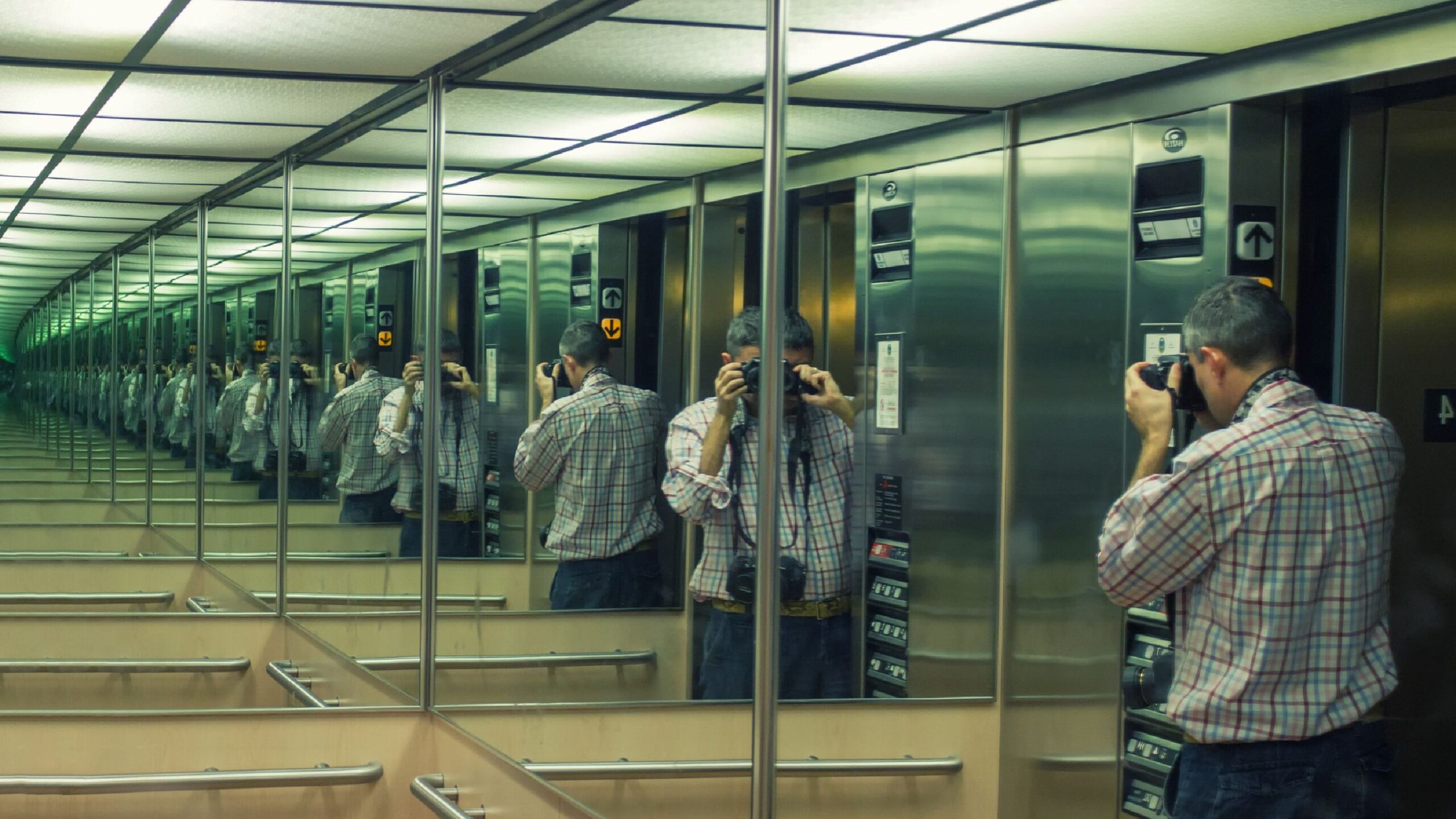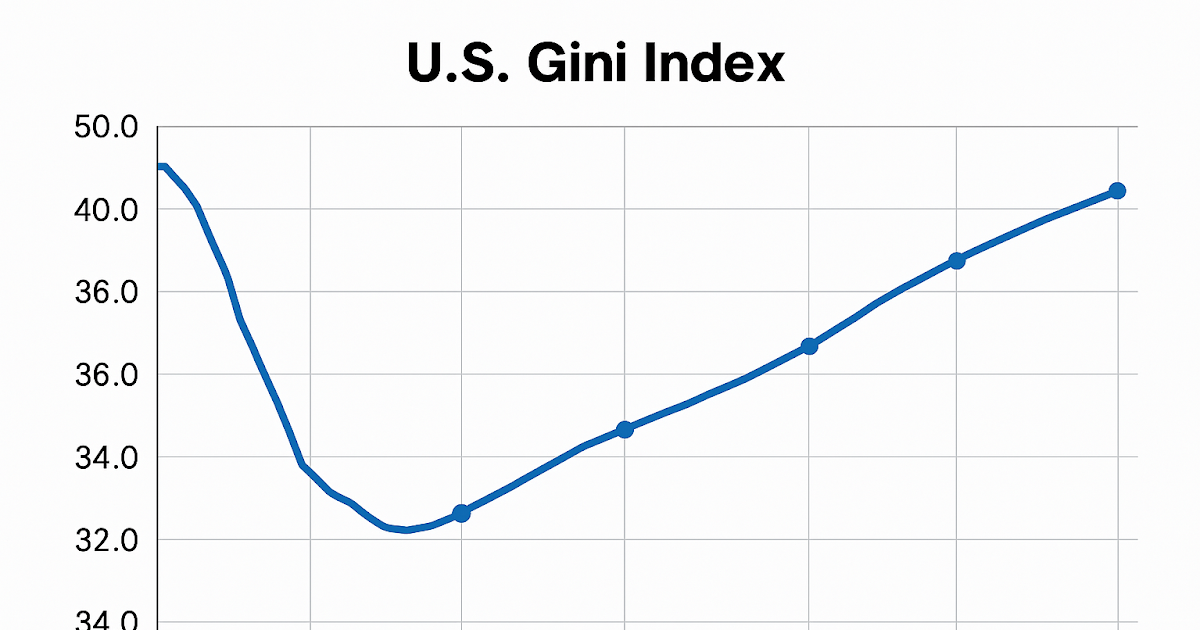A new report from Brandeis University researchers concluded that 7 percent of non-Jewish faculty polled during the spring semester at “very high research activity” universities showed “a pattern of explicitly hostile views toward Jews as a people.”
The “Ideology in the Classroom” report, released last week, says an additional 3 percent of non-Jewish faculty “had a pattern of views about Israel that are generally described as antisemitic” by Jewish organizations and Jewish students. And while 11 percent of non-Jewish faculty who self-identified as extremely liberal were “hostile to Israel”—a view “virtually non-existent among all other political identities, including other liberals”—the faculty “with more conservative political views, including those who were the most critical of DEI, were the most likely to be hostile to Jews.”
Over all, though, the report says 90 percent of non-Jewish faculty were hostile to neither Jews nor Israel.
“The results confirm our earlier research findings that Jewish students are more likely to experience hostility from their peers than from faculty,” the authors wrote. They added that “government efforts to punish universities as a whole for their lack of viewpoint diversity and failure to address antisemitism are not well targeted to address these challenges. For example, STEM faculty, who are less likely to teach about contentious political issues, are the most likely to be profoundly harmed by the government’s cancellation of federal research grants.”
Leonard Saxe, one of the authors and the Klutznick Professor of Contemporary Jewish Studies and Social Policy at Brandeis, told Inside Higher Ed that faculty “don’t appear to express any interest in imposing their own political or ideological views on students.” Saxe said, “Faculty need to be seen as allies” in resolving the problems underlying the conflict between the government and universities regarding antisemitism and diversity more broadly.
“They want the same thing,” Saxe said. “They want to teach students how to understand diverse perspectives, multiple perspectives. They don’t want to make every single issue political.”
Graham Wright, another author and an associate research scientist at Brandeis’s Cohen Center for Modern Jewish Studies, said that to the extent antisemitism is an issue on some campuses, it’s “not necessarily due to the actions of large numbers of faculty, but a smaller group.”
The report found that almost half of Jewish faculty were somewhat or very much concerned about antisemitism on their campuses, and they were “more concerned about antisemitism emanating from the political right than the political left.” This “can be attributed in part to the political makeup of Jewish faculty,” the authors wrote, noting that more than 80 percent of Jewish faculty identified as liberal and about a quarter as extremely liberal.
Using a statistical model, the researchers also sought to predict hostility from non-Jewish faculty based on their holding certain beliefs. They concluded that “faculty who more strongly agreed that Israel was an apartheid state” were likelier to be hostile to both Israel and Jews. And they found no statistically significant difference between academic areas in levels of faculty hostility after controlling for other factors.
The study grouped faculty into these categories of “hostile to Jews,” “hostile to Israel” or hostile to neither based on their pattern of agreeing or disagreeing with seven statements.
The statements were:
- “Jews in America have too much power,”
- “Jews don’t care what happens to anyone but their own kind,”
- “Jewish people talk about the Holocaust just to further their political agenda,”
- “Jews should be held accountable for Israel’s actions,”
- “Israel does not have the right to exist,”
- “I wouldn’t want to collaborate with a scholar who supports the existence of Israel as a Jewish state,” and
- “All Israeli civilians should be considered legitimate targets for Hamas.”
The report says “virtually no non-Jewish faculty expressed agreement” with that last claim.
The researchers also wrote that “more than three-quarters of the faculty in our sample reported that, over the past academic year, the Israel-Palestine conflict never came up in class discussions, and less than 10 percent reported actively teaching about it.” Saxe said there’s not much evidence that a faculty member’s negative attitudes toward a group “seep into” their classroom.
The researchers surveyed 2,335 faculty across 146 R-1 Carnegie classification universities from Feb. 3 to May 5. About 11 percent of the sample was Jewish. The online survey also polled faculty on other current political issues, such as immigration.
“More than two-thirds of faculty identified as liberal, while one-third identified as moderate or conservative,” the report says, but “there was overwhelming agreement among faculty that climate change is a crisis requiring immediate action and that President Trump is a threat to democracy.”
The report also says that “half of liberal faculty members and 70 percent of extremely liberal faculty members expressed serious concerns about being targeted by the federal government for their political views.”
But Saxe said that “as a faculty member on campuses most of my life, I believe we’re not going to address the current issues unless faculty themselves get more engaged—and that it’s recognized by policymakers that we need faculty if we’re going to solve these issues.”










